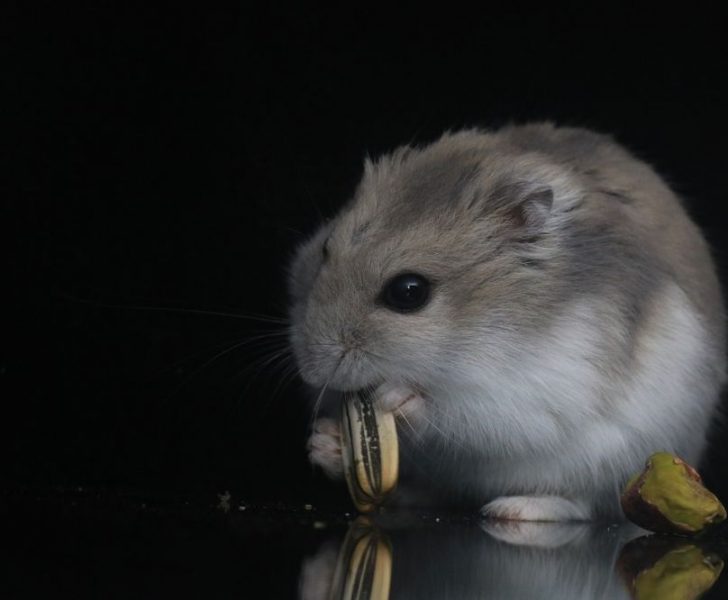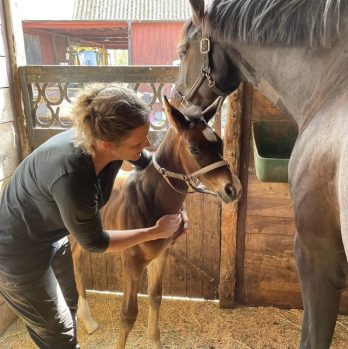Hamster Tänder: En Fördjupande Översikt

Hamster Tänder
Introduction

Hamsters, these adorable little critters, have an interesting dental system that plays a crucial role in their overall health and well-being. In this article, we will delve into the fascinating world of hamster teeth, exploring their structure, types, popular choices, quantitative measurements, variations, and the historical overview of the advantages and disadvantages associated with different hamster teeth. Join us on this educational journey as we unravel the secrets behind hamster teeth.
Understanding Hamster Teeth
Hamsters possess a unique set of teeth that differ from those of other animals due to their continuous growth throughout their lives. Unlike humans, hamsters’ teeth are open-rooted, which means they grow continuously. This constant growth is necessary for compensating the normal wear and tear their teeth endure due to their gnawing habits. To meet their chewing needs, hamsters have two sets of incisors, one on the top and another on the bottom jaw.
Types of Hamster Teeth
There are various types of hamster teeth, each serving a specific function. The most common types include incisors, molars, and premolars. Incisors are front teeth used for biting and cutting food, while molars and premolars are located towards the back of the mouth and are responsible for grinding and chewing.
In terms of popularity, hamsters generally prefer harder materials for their teeth to gnaw on, such as wooden chew toys or mineral chews. These choices not only aid in wearing down their teeth but also provide mental stimulation and keep them entertained.
Quantitative Measurements of Hamster Teeth
To understand the quantitative measurements of hamster teeth, it is important to assess the rate of growth and length of the teeth. On average, hamster incisors grow at a rate of 1-3mm per week. The length of the incisors ranges between 5-7mm and varies among different hamster species. It is crucial to monitor their teeth regularly to ensure they do not overgrow, as this can lead to several dental problems and impact their overall health.
Differences Among Hamster Teeth
While hamster teeth possess similar structures, there are notable differences among various species. For example, Dwarf hamsters generally have shorter incisors compared to Syrian hamsters. These variations can be attributed to genetic factors and the natural adaptation of teeth depending on the specific habitat and diet of the hamsters.
Historical Overview of Advantages and Disadvantages associated with Hamster Teeth
Throughout history, hamster teeth have presented both advantages and disadvantages. The continuous growth of their teeth offers benefits such as the ability to self-maintain their dental health and accommodate their gnawing behavior. However, if their teeth become misaligned or overgrown, it can lead to dental issues like malocclusion, which affects their ability to eat and may necessitate veterinary intervention.
Conclusion
In conclusion, hamster teeth are a fascinating aspect of these adorable pets’ physiology. Understanding their structure, types, popular choices, quantitative measurements, variations, and historical advantages and disadvantages allows us to provide better care for our furry friends. By ensuring their dental health is well-maintained, we can ensure their overall well-being. So next time you interact with your hamster, take a moment to appreciate the wonders of their teeth and provide them with appropriate chew toys to keep those pearly whites in perfect condition.











